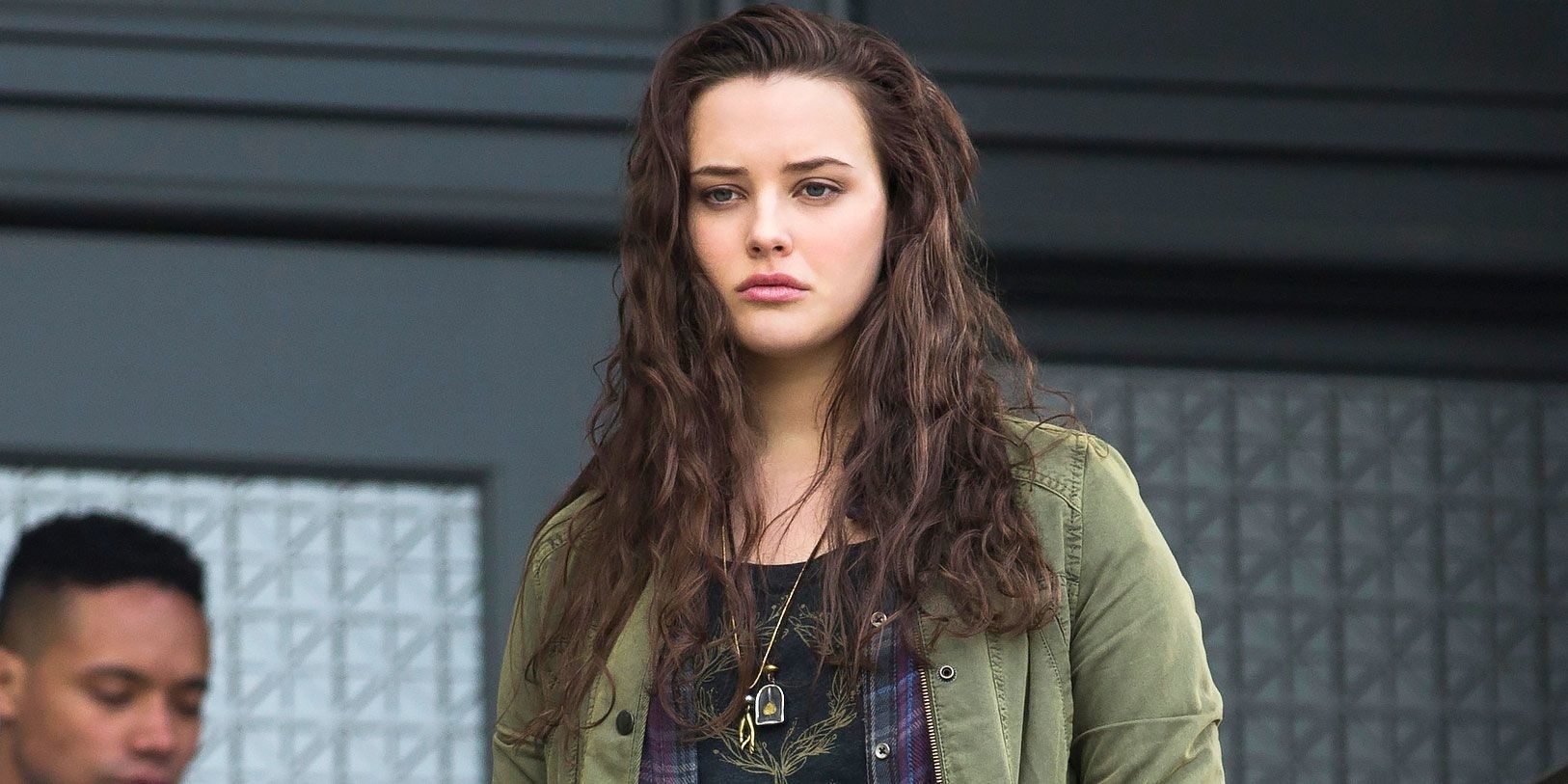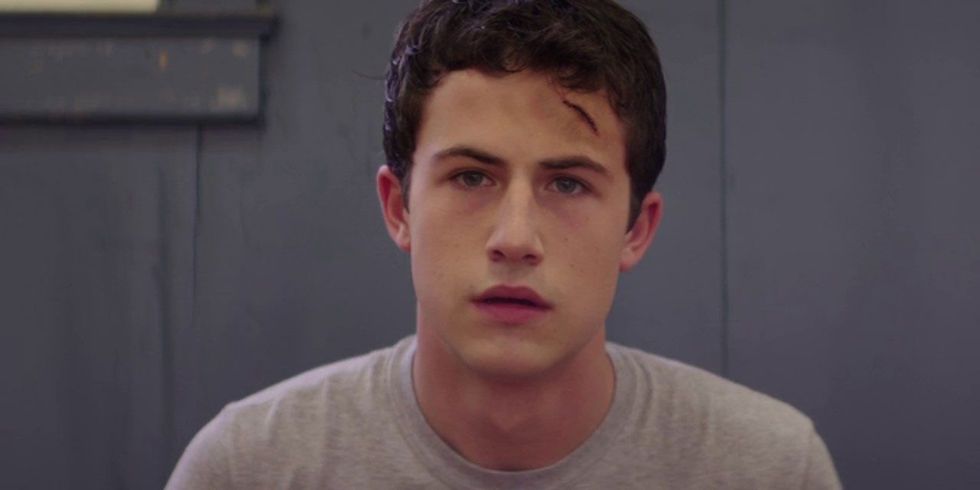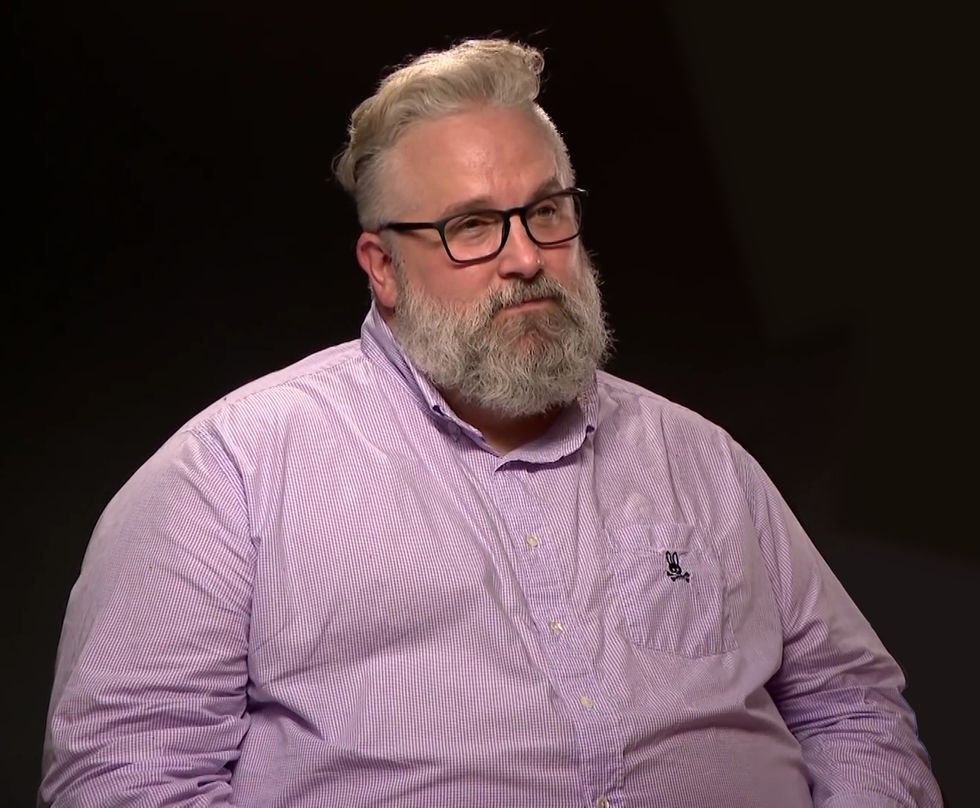
Netflix
TRIGGER WARNING: Suicide, Suicidal Ideations, and Self-harm
Calling Netflix’s 13 Reasons Why a problematic take on suicide would be the understatement of the decade. 13 Reasons Why is a very, very, very bad representation of teen suicide. The series follows a high schooler named Clay Jensen who finds a mysterious box of cassette tapes on his porch following the suicide of his friend/crush, Hannah Baker. As it turns out, these cassette tapes are Hannah’s post-mortem attempt at using her suicide to blow up the lives of all the people who wronged her. She succeeds, and while Clay didn’t wrong her at all, she basically gives him PTSD

Entire books could be filled with all the think pieces about how 13 Reasons Whyglorifies suicide, but the main point tends to boil down to the same thing: 13 Reasons Why turns teen suicide into a giant “f**k you” to bullies, ultimately playing into a majorly damaging, fantastical element of so many real teenagers’ suicidal ideations: “If I kill myself, that’ll show ’em.”
The show’s controversy ballooned following a study that used Google Trends to show that searches for “suicide” and various specific methods of suicide spiked after its release. Moreover, two young girls and one young man actually committed suicide shortly after watching 13 Reasons Why, leading their parents to condemn the show and attribute partial blame to it.
While the creators maintained that 13 Reasons Why was a source of positivity for nearly two years, they’ve finally given in by editing out the most graphic scene of the show––the long, up-close depiction of Hannah’s final moments wherein she cuts her wrists in a bathtub.
“We believe this edit will help the show do the most good for the most people while mitigating any risk for especially vulnerable young viewers,” said showrunner Brian Yorkey.

Unfortunately, this was the one scene in the show that probably shouldn’t have been removed, at least if they actually cared about not sensationalizing suicide. Unlike the rest of 13 Reasons Why, which is highly bingeable and melodramatic in that specific “teen drama” way whereby everything feels intentionally overblown, Hannah’s suicide scene felt real. Her suicide was nauseating and painful and genuinely upsetting in a show that did everything else in its power to make suicide seem like the absolute height of TV drama.
What does Netflix’s removal of this single scene, the only moment at which viewers experience anything close to the real pain and terror of a completed act of suicide, accomplish?
Keep in mind, the rest of the show is all about a high school girl who gets bullied (and raped) and masterfully devises a plan to use her suicide as a high-drama form of revenge to get back at everyone who even slightly wronged her. It’s like the ultimate version of middle schoolers’ most toxic suicidal ideation: one wherein suicide is not only the solution to their problems, but the best way to make the people who hurt them regret their actions. In other words, it’s the exact type of fantasy that could be especially dangerous to a real teenager wrestling with pre-existing suicidal ideations.
Now, Netflix has removed the one legitimate reality check in the entire show, the part where suicide f**king hurts, where it’s painful and lonely, tragic and horrific. In the current edited version, Hannah skips that part. She looks in the mirror, climbs into the bathtub, and then boom; cut to her: dead. Essentially, she succeeds with her suicide plan scot-free. Her death goes just as smoothly as her master plan––without a hitch.
If Netflix really doesn’t want 13 Reasons Why to glorify suicide, maybe they should just scrub the first season entirely.
- 13 Reasons Why Season 2 Scenes Cut For A Happier Ending ›
- Netflix cuts 13 Reasons Why’s controversial suicide scene ›
- 13 Reasons Why Edits Out Graphic Suicide from Graphic Scene in … ›
- 13 Reasons Why season 2 broom scene: Is this why it shouldn’t be … ›
- 13 Reasons Why suicide scene removed by Netflix after backlash ›
- 13 Reasons Why season 2: When is the bathroom scene? Why was … ›
- Netflix Deletes ’13 Reasons Why’ Suicide Scene – The New York … ›
- “13 Reasons Why” Almost Cut The Most Important Scene From The … ›
- 13 Reasons Why Season 2 Deleted Scene – YouTube ›
- Netflix deletes ’13 Reasons Why’ suicide scene after years of outcry … ›













